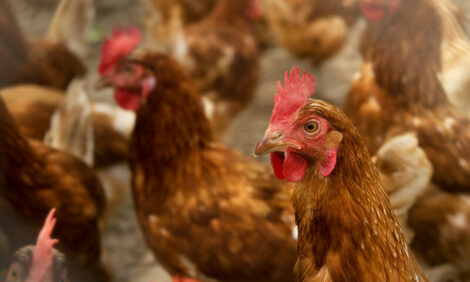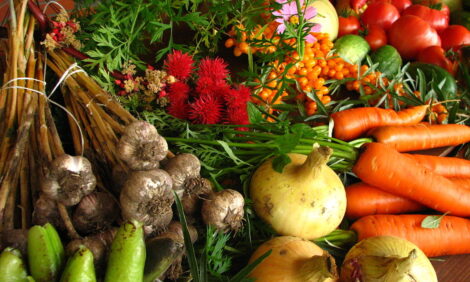



Profits Return for Chicken Sector
US - Amid all the hubbub over spring planting, finely textured beef, BSE and everything else, we have — apart from our comments about weekly and monthly production figures last week — devoted little time over the past few weeks to the poultry sector, writes Steve Meyer and Len Steiner.Things have turned around for chicken producers and
the turkey sector is seeing slightly lower prices for some flagship
products amid some expansion of output but, given all that has happened
to pork and beef the past few weeks, these sectors are enjoying
some success. Probably not the way one wants to assume
the mantle of success but we think chicken companies in particular
will take better results any way they can find them!
The good news for the chicken sector is that profits
have returned. The bad news may also be that profits have
returned.
After 14 months of frequently-huge losses, our broiler
profit model showed a return to the positive for broiler returns the
second week of this year. Margins quickly jumped to 5 cents/lb. in
January (that compares to losses of 5-15 cents/lb. for much of
2011) and have remained at 5 to 8 cents per pound since then.
Those profits are not enough to drive any robust growth
but the broiler breeder flock began growing as soon as black ink
returned. Profits are not the only reason for the return to growth
since, the broiler breeder
flock usually reaches a seasonal low in November or December
and begins growing in December or January before peaking in April
or May.
It will take many months to return the broiler flock to the
level it was before the most recent down-sizing — if it ever returns
to that level. The November flock was the smallest in 14 years and
was 5.4 million birds smaller in March than it was at its most recent
cyclical peak in May 2011. The flock has grown by 570,000 birds
since November but remains 7.9 per cent smaller than one year ago.
The smaller breeding flock and associated reductions in
egg sets (-5.2 per cent YTD), chick placements (-four per cent YTD), slaughter (-
5.4 per cent YTD) and production (-5.3 per cent YTD) have finally had a positive
impact on chicken prices. The broiler cutout value which we compute
from separate chicken cut prices rose over 3.5 cents/lb. last
week to reach 98.82 cents/lb., its highest level since the surge of
mid-2004 took it to a record $1.10/lb.
The odd thing about the cutout rally is the source of its
strength — wings and leg quarters. Both have stayed at significantly
higher prices that last year through April with wings near $1.80/lb.
all year (compared to about 80 cents/lb one year ago) and leg quarters
holding very near 53 cents/lb. versus 35 at the beginning of
2011 and 48 cents/lb. one year ago last week. Chicken tenders
have joined the strengthening in recent weeks, rallying to $1.77/lb.,
about 11 per cent higher than one year ago. Boneless breast prices have
steadily risen to reach $1.37/lb. last week. That is slightly higher
than last year but still 5 cents/lb. lower than the 5-year average.
And don’t expect a lot of help from this cut. Weights are up 1.5 per cent
higher so far this year as more and more large boning birds are
included in the product mix. Those birds yield large amounts of
breast meat and will keep the market under pressure.
Turkey producers have responded to nearly three years of
profits — and some LARGE profits among those — by increasing
output slightly so far in 2012. While 1.7 per cent doesn’t sound like much,
it has put some pressure on breast and thigh meat prices and kept
whole hens near year-ago price levels. As long as feed costs do
not grow significantly, those prices are enough to keep producers
profitable this year — provided they do not expand output too
much. The turkey market appears to be pretty sensitive to output
changes.
What should you expect? First look for broiler production
figures to go above year-agolevels — just because they are going
to be compared to some very low numbers from 2011. Second,
watch wing prices to see if the sector can maintain this source of
value. They have defied their “post Super Bowl” swoon. Can they
stay high all year? Leg quarters will indicate the status of exports.











